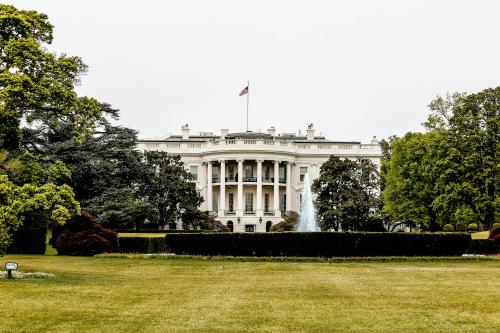Split with Fifth Circuit over clarity of ‘whistleblower’ definition could require Supreme Court ruling
The strong and lucrative protections that whistleblowers are guaranteed under the Dodd-Frank Act are no longer limited to those who report corporate misconduct externally to such entities as the SEC. On September 10, 2015 the US Court of Appeals for the Second Circuit ruled that people could get the same protections by reporting to the appropriate authorities within their organizations. The ruling creates a split with the Fifth Circuit that will tempt the US Supreme Court to weigh in.
The key legal question is whether the language of Dodd-Frank is sufficiently ambiguous for courts to defer to the SEC’s interpretation of it or the statute is clear and the SEC is wrong. In one section, Dodd-Frank defines a whistleblower as someone who reports misconduct to the SEC. In its descriptions of conduct protected from retaliation, however, Dodd-Frank references Sarbanes-Oxley in a way that arguably imports the earlier statute’s definition of ‘whistleblower’, which doesn’t require reporting misconduct to the SEC.
The SEC’s reading of Dodd-Frank embraces replacing the Dodd-Frank definition by importing the SOX definition, which says that a person can also be a whistleblower for retaliation-protection purposes if they report wrongdoing internally only. The Fifth Circuit rejected the SEC’s interpretation two years ago, while the Second Circuit deferred to it.
Ed Ellis, co-chair of Littler Mendelson’s whistleblowing and corporate ethics practice, hopes the Supreme Court does weigh in. ‘Somebody’s got to decide the issue. There’s two possible interpretations, and neither is so crazy that you’d say no other Circuit will go this way.’
Until that time comes, Ellis believes the Second Circuit decision is significant ‘in terms of immediate impact, because there’s more whistleblower cases filed in the east, between Washington and Boston, and the Second Circuit is right in the middle of that. ‘
Plaintiffs in both Circuits’ cases were whistleblowers protected by Sarbanes-Oxley, so both of them had recourse for the allegedly improper retaliation they suffered. Still, the stakes are significant because the protections provided by the two statutes differ markedly. Ellis identifies four key differences, three of which make Dodd-Frank more appealing to plaintiffs, and one that makes Sarbanes-Oxley more attractive.
In the latter case, ‘the allocation of the burdens of proof under SOX is much more favorable to the plaintiff than the burden of proof under Dodd Frank,’ Ellis says. On the other hand, Dodd-Frank ‘has no administrative filing requirement and no waiting period’ before suing, and allows double back-pay damages, where SOX does not. Dodd-Frank also has a much longer statute of limitations, allowing unasserted claims to hang out there indefinitely.
‘As a practical matter, [Dodd-Frank’s] greater remedies will drive up settlement values in whistleblower cases,’ Ellis predicts. However, he doesn’t think the decision should change companies’ basic approach to these issues. ‘The message to employers is still to have an effective and efficient compliance program. ‘
Beyond the issue of Dodd-Frank’s reach, Ellis sees an important subtext in the Second Circuit case. ‘How far does the [Supreme Court’s 1984] decision in Chevron USA v Natural Resources Defense Council go in allowing bureaucrats to make law? I think Chevron started with an important idea: when Congress deliberately creates ambiguity, it is reasonable for the officials enforcing the law to interpret it,’ he says. ‘The problem is with a lot of these unintentional ambiguities. Do we really want the interpretation of this important law to change when the administration changes or should the courts interpret it, which is really their job?’
If this decision is quickly appealed to the Supreme Court, ‘we could have a ruling as soon as next June,’ Ellis says.








